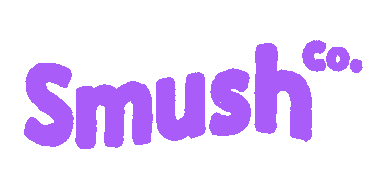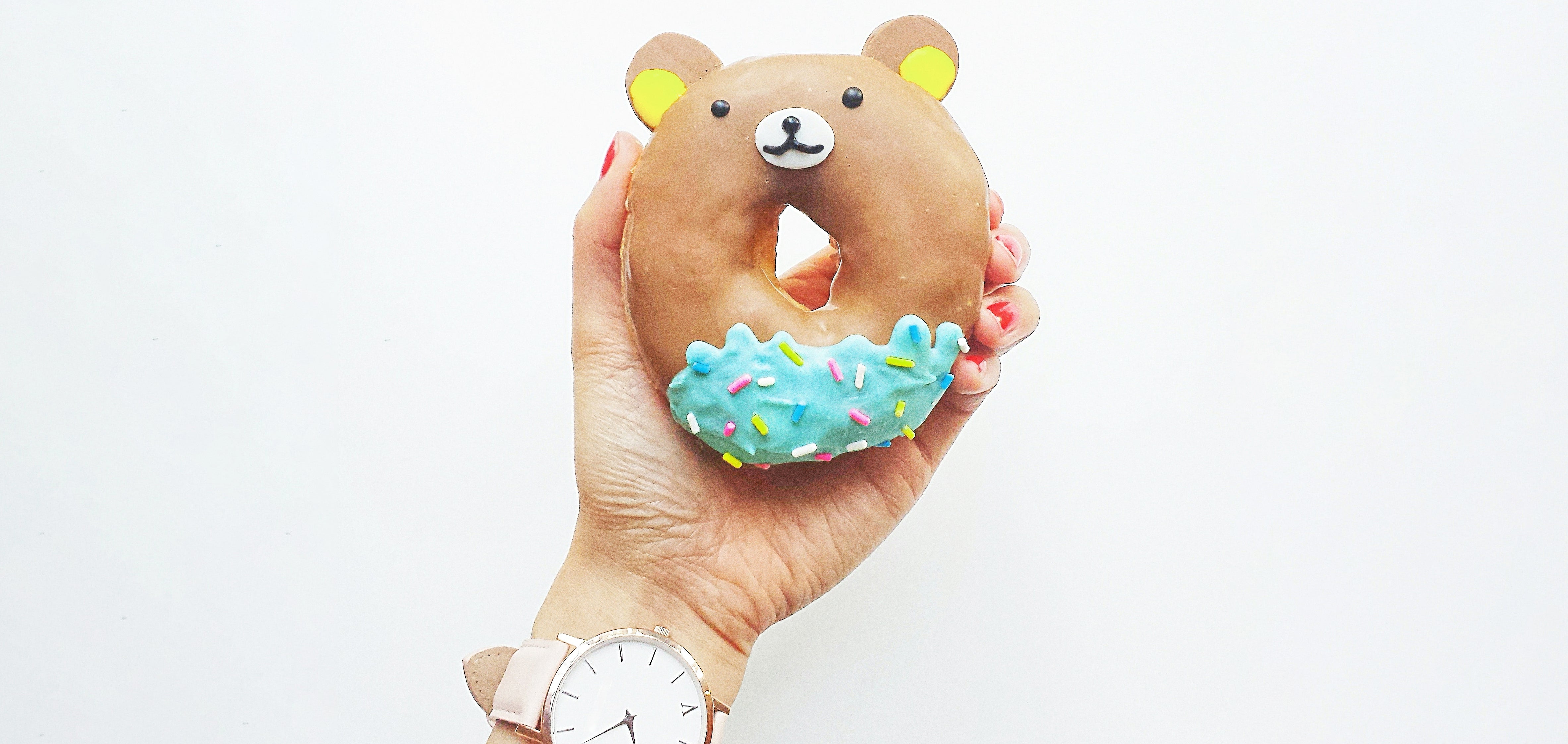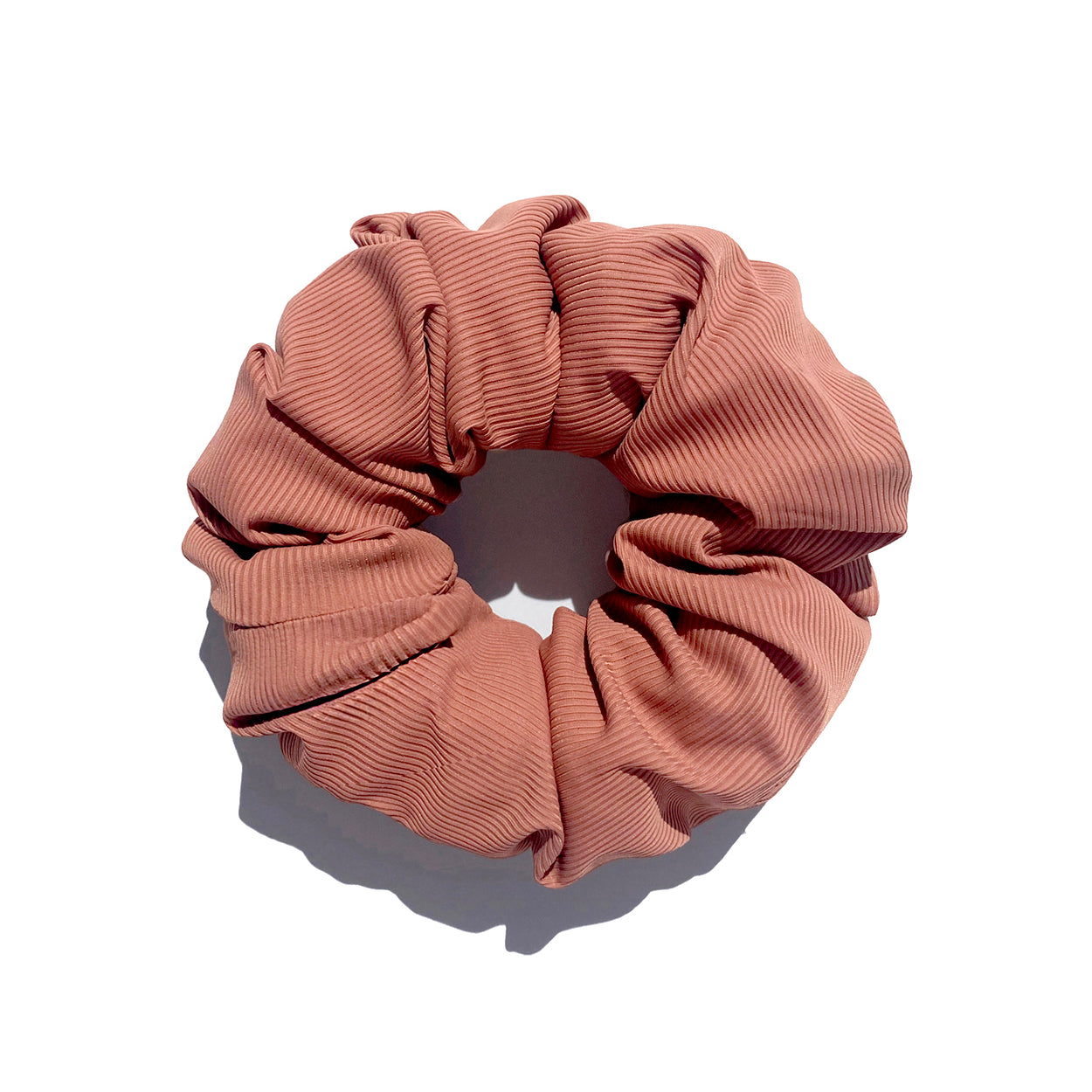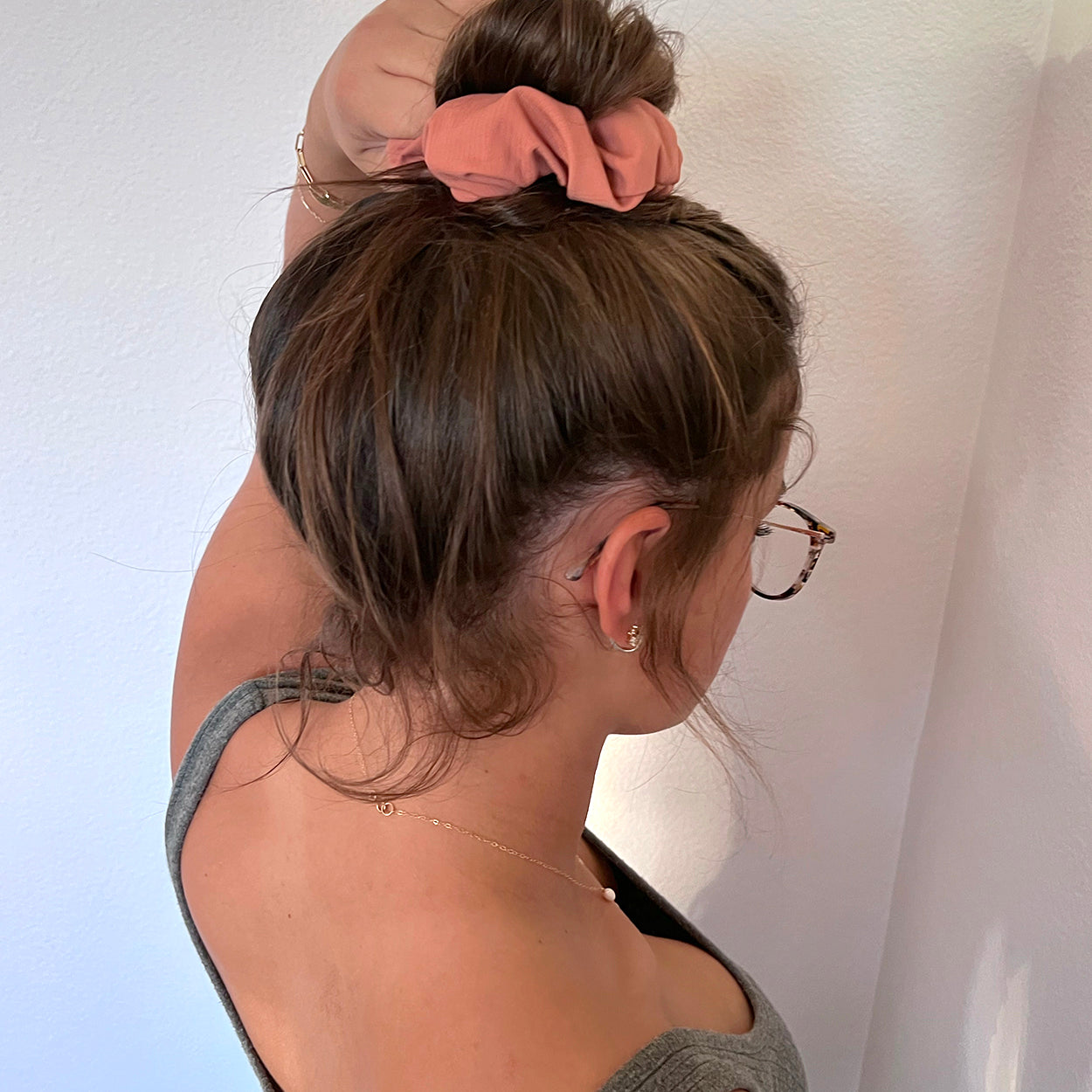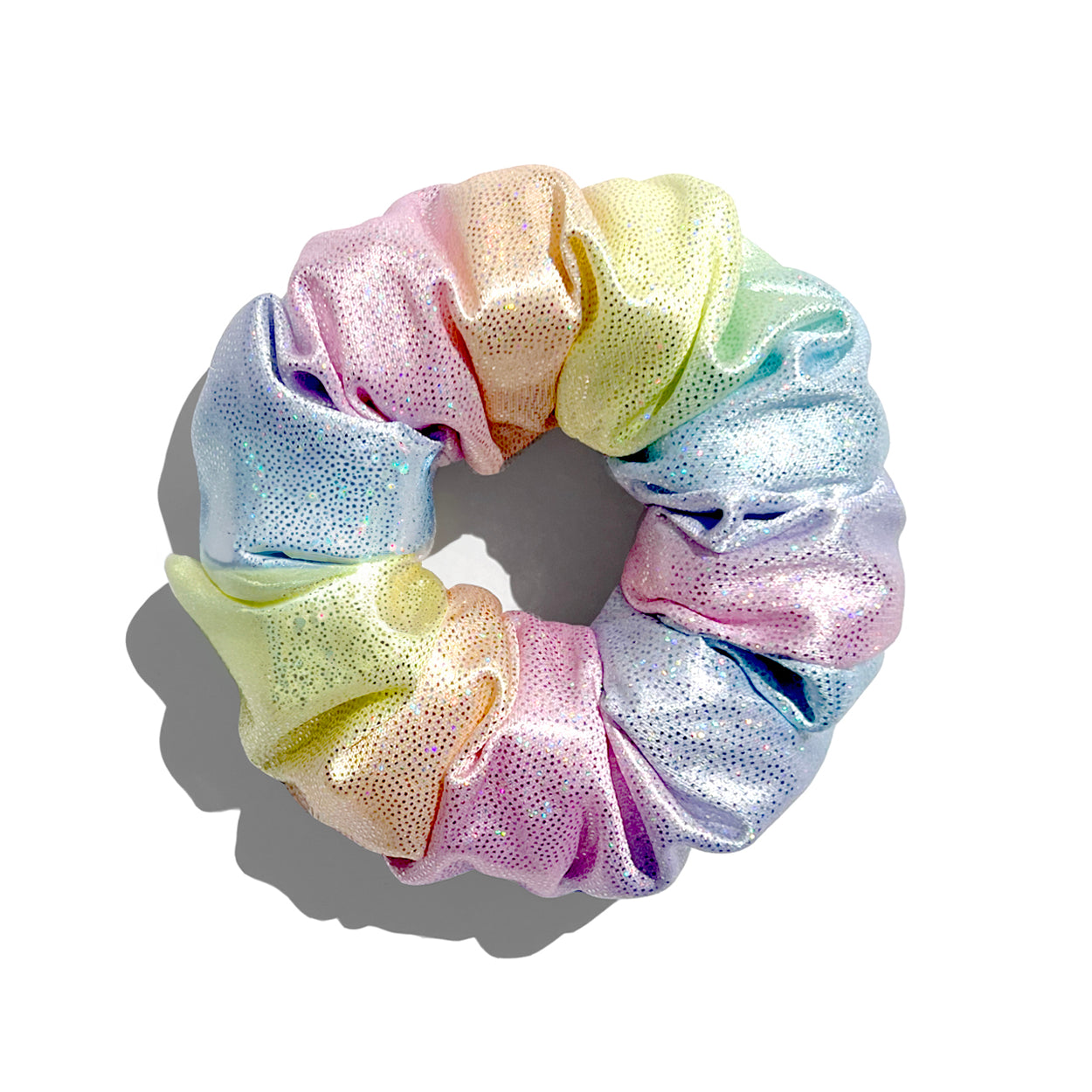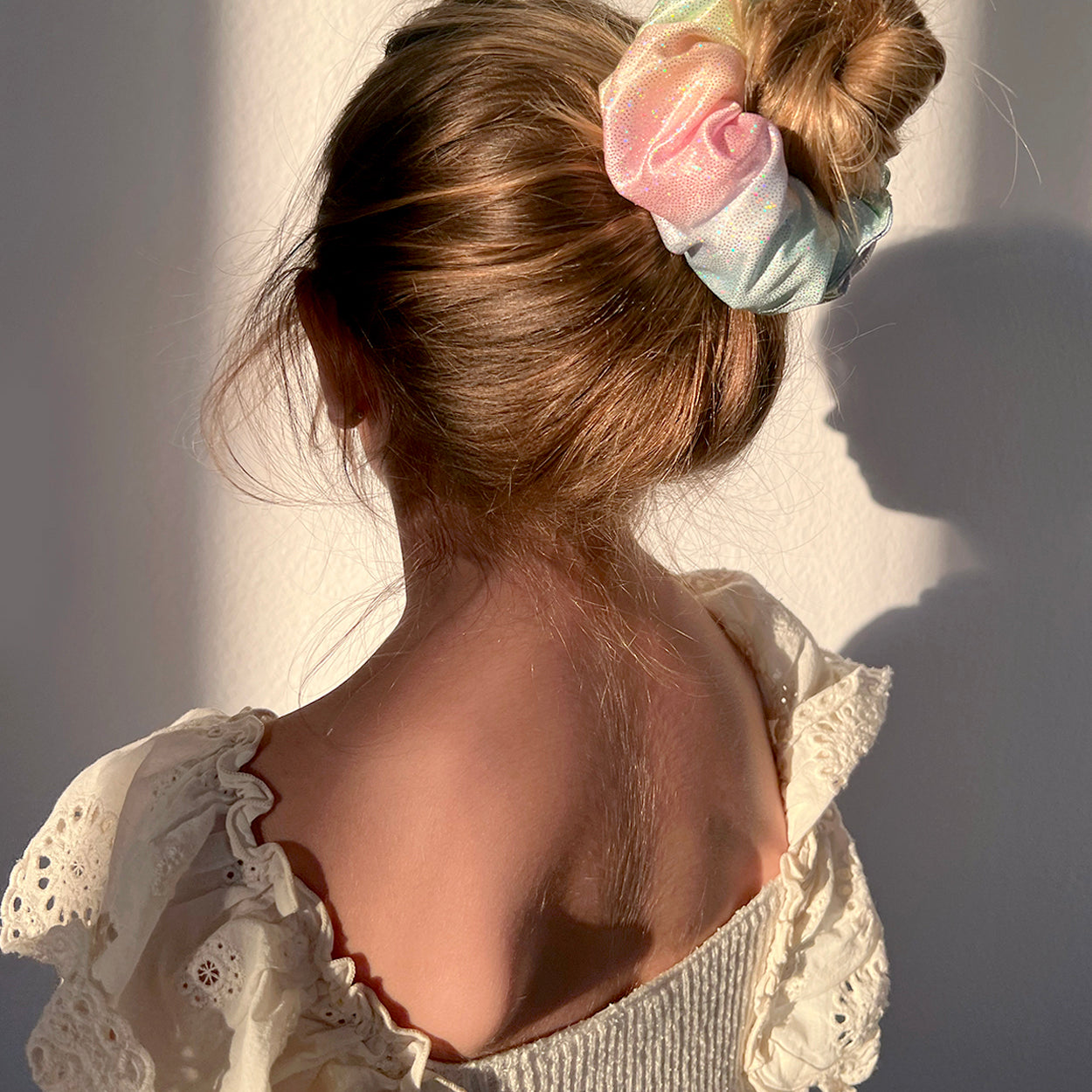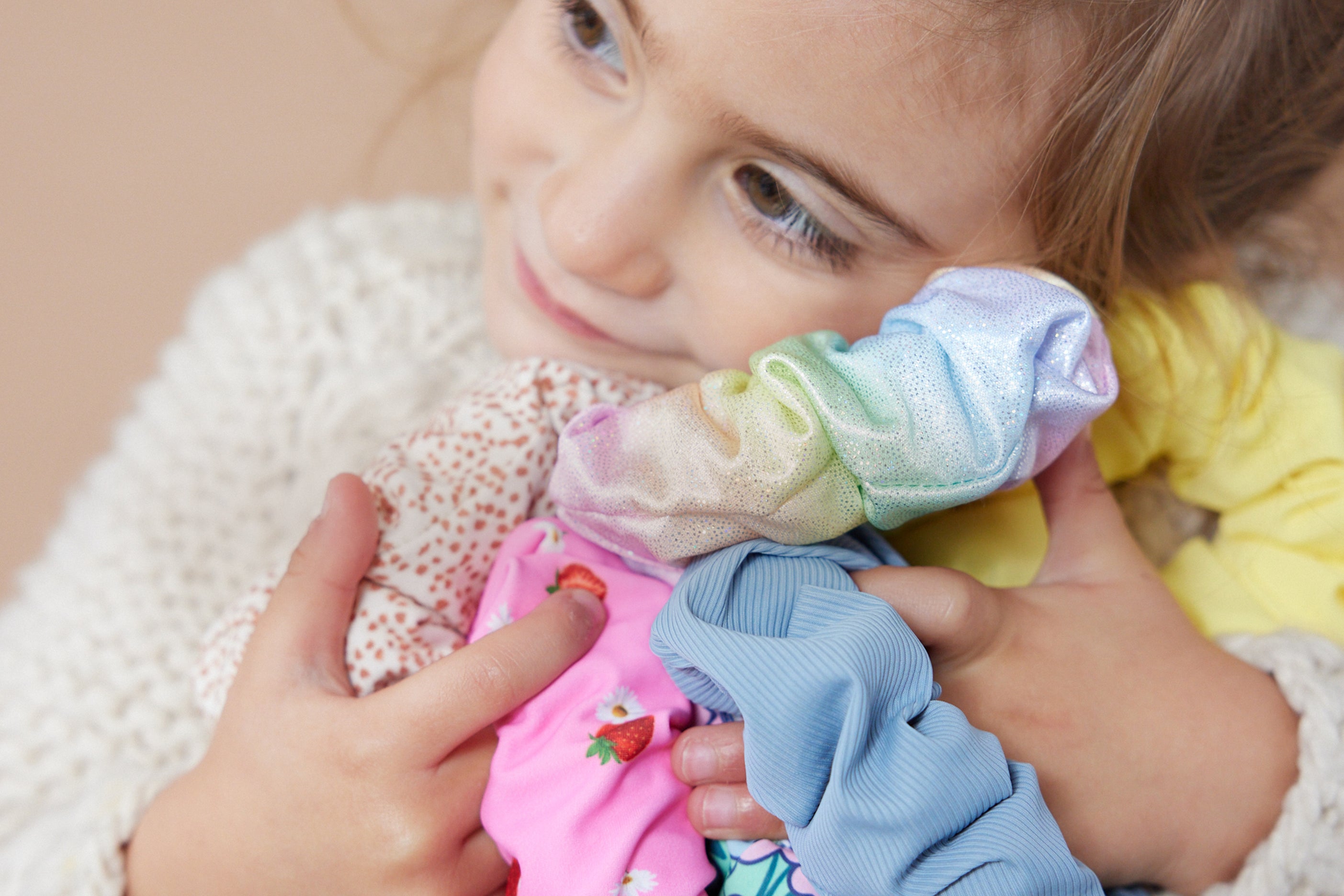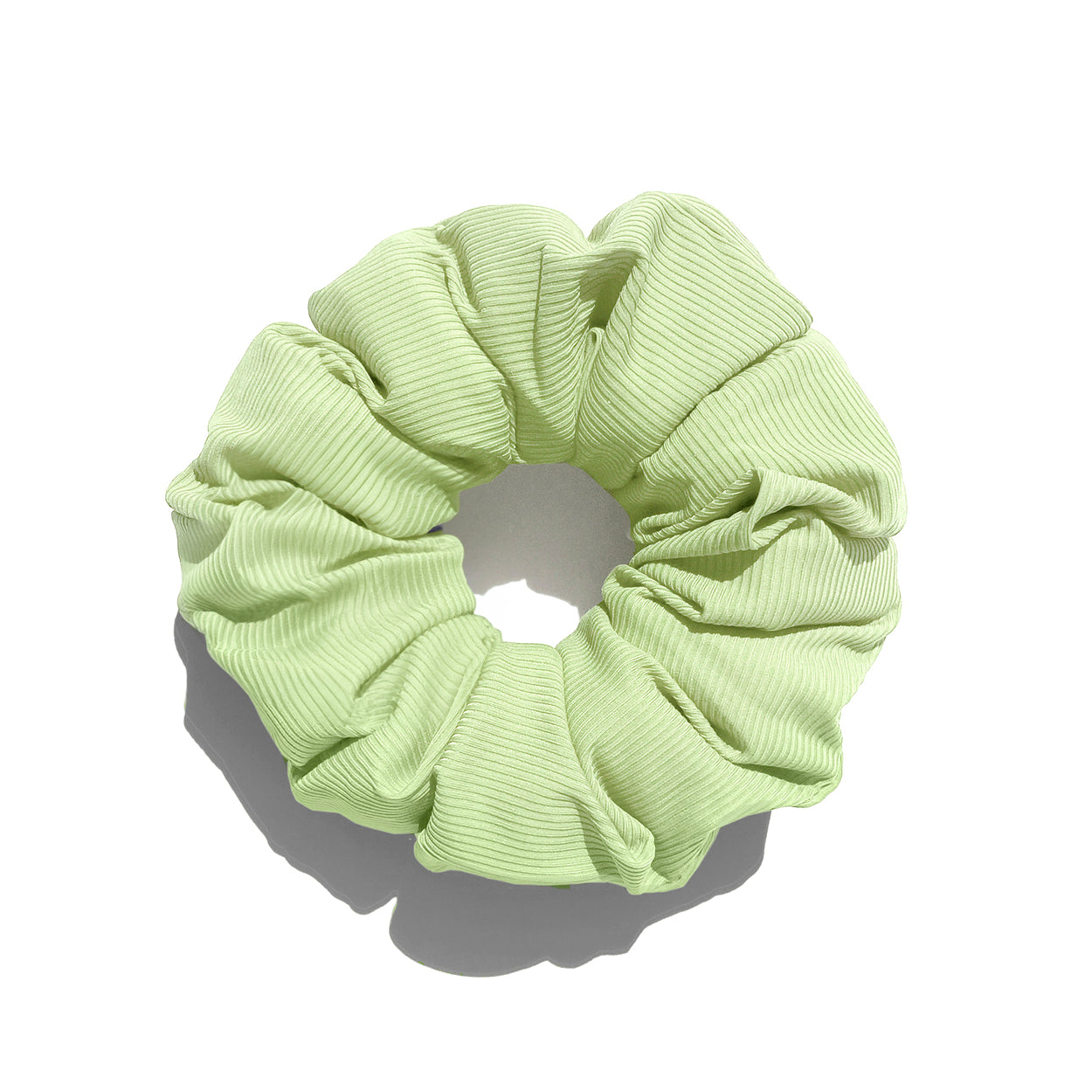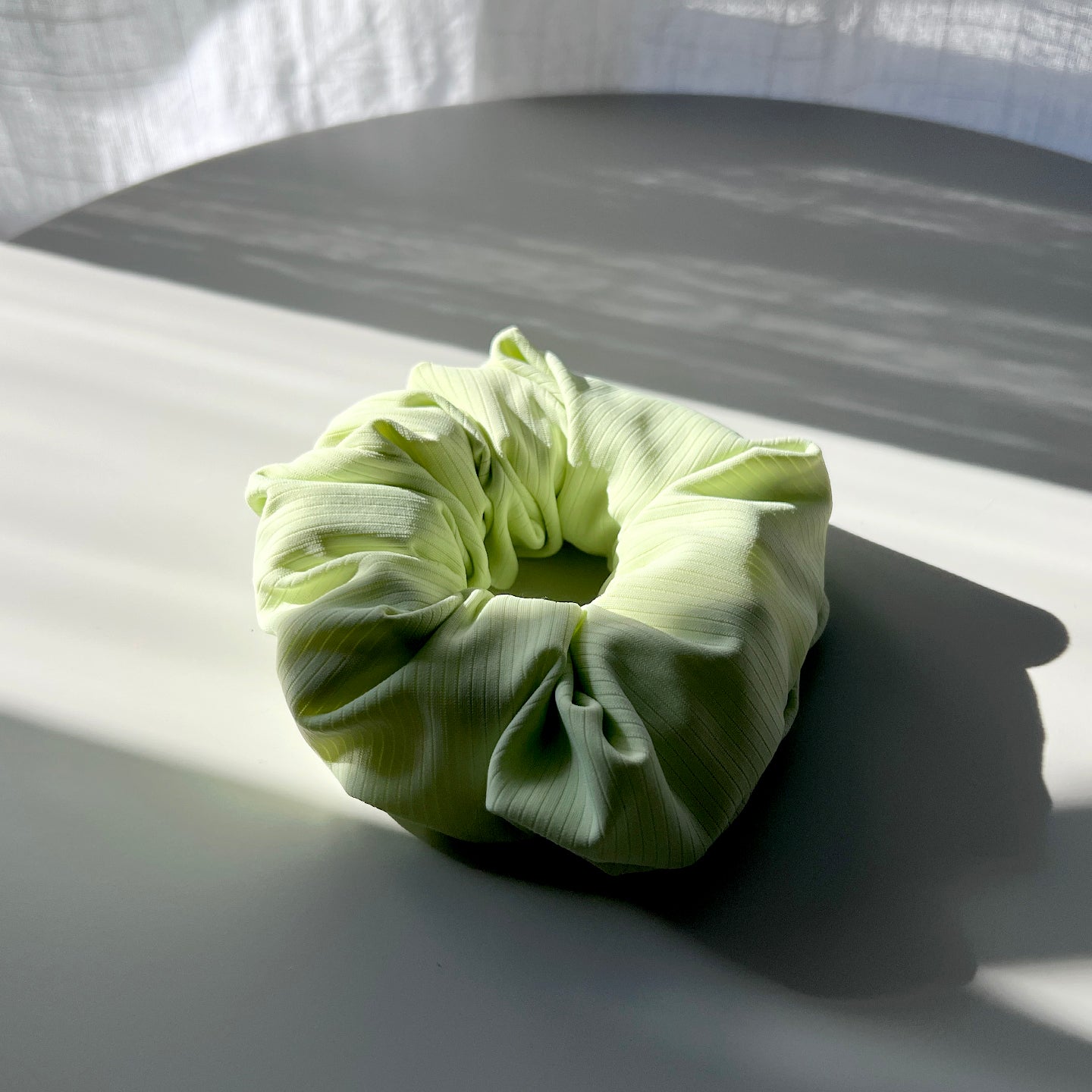We live in an overwhelming environment where stimuli compete for our attention. For most of us, it takes a great deal of effort just to focus on writing an email, listening to a podcast, or reading an article like this one (we’ll keep it brief, we promise).
Our perpetually plugged-in culture forces us to absorb information quickly, but the myth that attention spans are dwindling is just plain wrong. The truth is that our surroundings demand more mental bandwidth than we can spare. A psychology expert told the BBC, “How we apply our attention to different tasks depends [on] what the individual brings to that situation." For people with ADHD, autism, or other processing disorders, blocking distractions and focusing on one task is much more challenging.
Sensory overload poses a real problem for neurodivergent individuals, sometimes making higher concentration levels feel nearly unreachable. However, it’s critical to recognize that many neurodivergent individuals possess an uncanny ability to hyperfocus when deeply intrigued by a topic or task. This intense concentration can lead to exceptional performance in areas of interest but can also result in difficulty when switching to a less exciting task.
Neurodivergent or not, everyone faces an overwhelming number of stimuli daily. To counteract this interference, we’re doing what humans have done for millennia: using tools to adapt. Welcome to the world of fidget toys, handheld wonders for the information overload era.
They help you refocus, concentrate, and relieve stress (hopefully) without distracting you from the task at hand. We’ll touch more on which toys can potentially make focusing harder in a moment. First, let’s talk about what makes a good fidget toy.
What’s a Fidget Toy?
Any item that enables you to move your fingers absentmindedly constitutes a fidget toy. This behavior redirects anxiety or agitation and improves focus. They’re small enough to fit into the palm of your hand so you can fiddle with them discreetly.
If you struggle with anxiety or feel overwhelmed, a fidget toy could be a great option to organize your thoughts and provide a productive distraction. There are many kinds of fidget toys on the market today:
- Fidget tangles: soft, twistable loops that soothe tactile fidgeters
- Fidget cubes: dice-like devices with a mix of stimuli on each side
- Monkey noodles: thick, soft strings of stretchy elastic in various lengths
- Pop-it toys: tactile “popping” devices to occupy restless thumbs
- Sensory toys: tranquil handhelds (such as the Smush scrunchie!) similar to stress balls
Is Fidgeting Normal?
Not only is fidgeting normal, it’s also pretty common. Fidgeting is a form of self-soothing, which can be helpful in high-intensity situations or even just a long studying session.
These are a few examples of such behaviors as foot-tapping, knuckle-cracking, lip-chewing, and finger-drumming. We’re biologically hardwired to fiddle, especially as children. Although some argue that fidget toys might worsen productivity, many people rely on them to refocus their wandering minds through deliberate movement.
Unlike our ancestors, people today are stationary and less physically challenged (e.g., you don’t have to flee from predators like earlier humans did!). Having an outlet for our concentration troubles to supplement this inactivity doesn’t seem like such a bad thing.
But those who discount the advantages of fidget toys point to studies that say specific models create more distractions than they alleviate. For instance, quieter ones are preferable to spinners, which tend to cause classroom issues for how distracting they can be in and of themselves.
Experts also agree that the best of these tools don’t have a visual component, meaning you shouldn’t have to look at the toy to use it. It’s not a productive solution in a learning or working context if it's easy to drop or requires both hands. Super complex toys become detrimental, while the right toys integrate more seamlessly and encourage you to pay attention in the right places.
Ultimately, fidget toys can benefit anyone with idle hands who wants to focus their energy productively.
How Do I Choose a Fidget Toy?
Do you fidget under pressure to perform well or think extra hard, perhaps at school or your job? Maybe you’re the type of fidgeter who wants something to hold onto when watching a movie or chatting with a friend. Evaluate your fidgeting pattern to figure out the trigger and make picking your toy a breeze.
Consider essential details such as the impact on your surroundings (is it loud or eye-catching?), how it’ll hold up (is it breakable?), and the satisfaction you get from handling it (is it effective?). The fidget toy you choose should meet your focusing needs without further disruption.
Some people enjoy highly mobile toys that double as puzzles (but may run the risk of affecting your concentration). Still, others find relief in thoughtfully designed accessories that channel fidgeting into a playful yet non-disruptive occupation, like the sensory-friendly, fidget-supporting Smush scrunchie!
This special scrunchie functions as an adorable hair tie and doubles as a fun opportunity for tactile release when worn on your wrist. Plus, it passes the vibe check set by researchers. It’s usable outside your field of vision and fits securely on or in one hand. A Smush scrunchie is a natural solution to diminished focus due to directionless fidgeting.
Why Smush scrunchies?
Each person’s sensory processing style is unique. When stressors pile on, fidget toys can help virtually anyone. The Smush scrunchie differs from traditional fidget toys by offering a disruption-free, visually subtle outlet that suits all types of focus. If you want a fidget toy and a cute scrunchie, you deserve the best of both worlds: Smush scrunchies!
Our scrunchie keeps hair from causing sensory discomfort, and it gives you a handy fidget if you want to let your hair down! You can’t go wrong.
Check out Smush Co. for fresh, fashionable, and functional sensory hair accessories.
